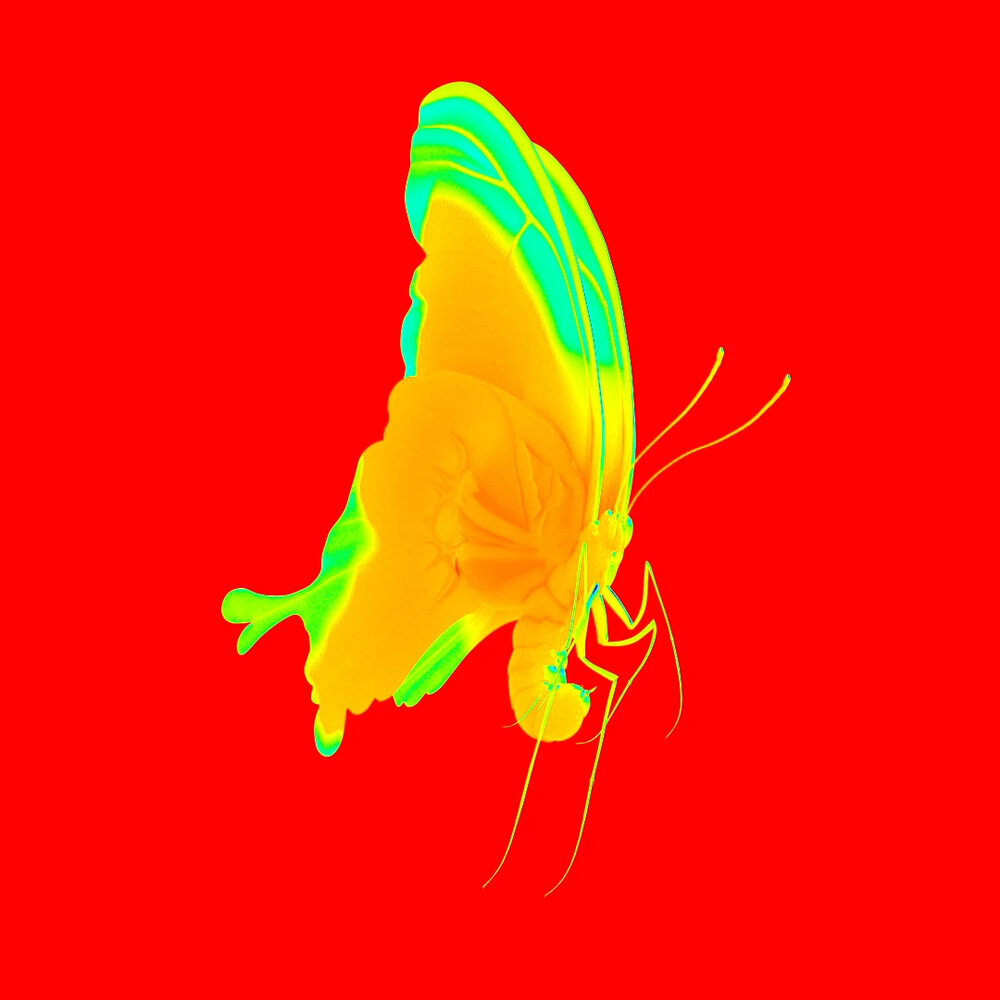Four White Owls: An Artificial Ballet
Bugs on glasS: You heard me
Cottingley Fairies
I ran Elsie Wright and Frances Griffith's 5 Cottingley Fairy photographs through an img2vid machine learning model.
The images, presented in the order they were taken, between 1917 and 1920, took in the creator of Sherlock Holmes, Sir Conan Doyle as a believer. In the first of the five photographs, the ML model interprets the fairies correctly as paper cut-outs making them move slightly in the wind, towards the end of the video I introduced a “dancing” prompt that brings them to life, while also interpreting the waterfall behind Elsie as a human figure. The second the last slide is a photo of the Cottingley Beck where the girls played and made their work.
Photo 1. Frances and the Fairies, 1917
Photo 2. Elsie and the Gnome, 1917
Photo 3. Frances and the Leaping Fairy, 1923
Photo 4. Fairy Offering a Posy to Elsie, 1920
It’s worth noting how thematically similar to AI Diffusion their hoax was 100+ years ago, an image synthesized from another into another. In 1983 the girls, now in old age confessed to the hoax. Although both maintained that they had seen real fairies at the beck, the women disagreed over the authenticity of the 5th image with Frances saying,
"It was a wet Saturday afternoon and we were just mooching about with our cameras and Elsie had nothing prepared. I saw these fairies building up in the grasses and just aimed the camera and took a photograph."
“Two village kids and a brilliant man like Conan Doyle – well, we could only keep quiet. I never even thought of it as being a fraud – it was just Elsie and I having a bit of fun and I can't understand to this day why they were taken in – they wanted to be taken in.”
- Frances Griffiths, in 1983
Elsie maintained the image was a hoax just like the others.
Photo 5. Fairies and Their Sun-Bath, 1920
A side-by-side from a children’s book the girls likely traced the images from.
Cottingley Beck
Elsie and Frances.





